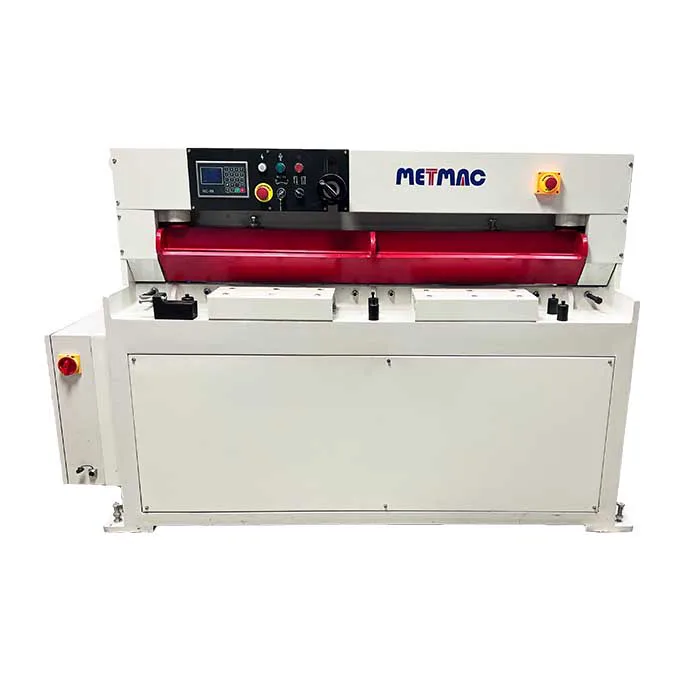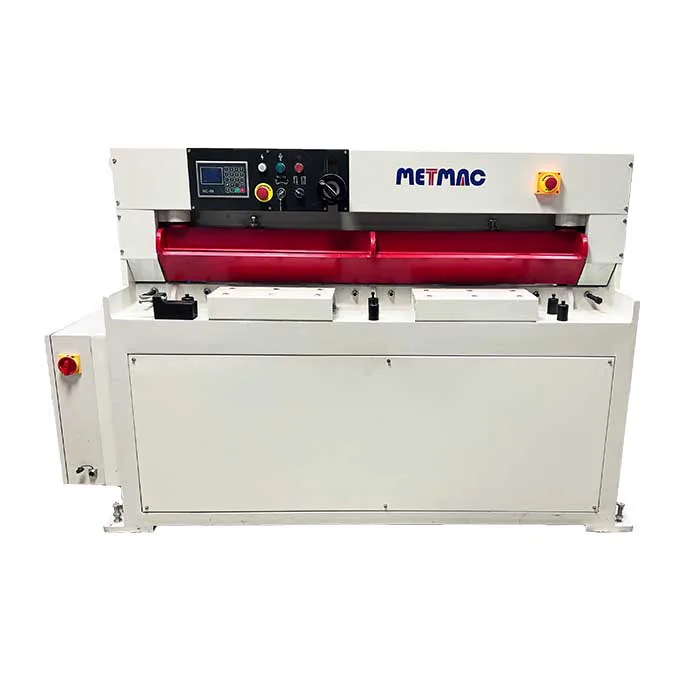
How to Integrate a Box and Pan Brake Machine into Your Existing Production Line
- By:Metmac
- 2024-09-10
- 162
How to Integrate a Box and Pan Brake Machine into Your Existing Production Line: A Guide to Enhanced Efficiency and Precision
In the highly competitive manufacturing landscape, optimizing production processes is crucial for achieving success. Integrating a box and pan brake machine into your existing production line can be a transformative solution, unlocking new levels of efficiency, accuracy, and productivity.
A box and pan brake machine, also known as a sheet metal brake, is a versatile tool used to bend and shape sheet metal into precise shapes. By incorporating this machine into your production line, you can streamline the bending process, reduce manual labor, and improve the overall quality of your finished products.
Step-by-Step Integration Guide:
1. Plan and Prepare: Determine the optimal location for the box and pan brake machine within your production line. Ensure adequate space, power supply, and accessibility for efficient operation.
2. Identify Compatibility: Verify that the machine aligns with the specifications of your existing line, including sheet metal thickness, bending length, and bending angle capabilities.
3. Positioning and Alignment: Precisely position and align the machine with your production line using a level and measuring tools. This ensures accurate bending results and minimizes errors.
4. Electrical Integration: Connect the machine to the electrical system according to the manufacturer’s instructions. Proper wiring is essential for safe and reliable operation.
5. Material Handling: Equip the machine with appropriate material handling equipment, such as conveyors or lifts, to efficiently load and unload sheet metal.
6. Operator Training: Provide comprehensive training to operators on the machine’s functionality, safety protocols, and proper bending techniques. Skilled operators maximize machine efficiency and prevent accidents.
Benefits of Integration:
Increased Efficiency: Automation of the bending process through a box and pan brake machine significantly reduces manual labor and processing time.
Improved Precision: Automated bending ensures consistent and precise angles, reducing defects and rework.
Enhanced Quality: Precise bending improves the overall quality and accuracy of finished products, meeting strict industry standards.
Maximized Productivity: Streamlined material handling and efficient bending operations increase overall production capacity.
Reduced Labor Costs: Automating the bending process frees up valuable human resources for other tasks, reducing labor costs.
Integrating a box and pan brake machine into your production line is a strategic investment that can deliver significant benefits. By following the step-by-step guide outlined above, you can enhance efficiency, improve accuracy, and optimize your production process to gain a competitive edge.
-
Sheet Metal Machinery for Sale: Elevate Your Fabrication Capabilities with METMAC
2025/11/26 -
Laser Sheet Cutting Machine: Redefining Precision with METMAC Technology
2025/11/26 -
Sheet Shearing Machine: Achieving Unmatched Precision and Efficiency with METMAC
2025/11/26 -
Sheet Metal Forming Machine: The Art of Precision with METMAC Technology
2025/11/26
-
Advanced Sheet Metal Rolling, Laser Cutting, and Folding Machines for Precision Fabrication
2025/10/31 -
High-Performance Sheet Metal Bending and Cutting Machines for Modern Fabrication
2025/10/31 -
High-Quality Sheet Metal Equipment for Sale: Efficient Solutions for Modern Manufacturing
2025/10/31 -
High-Performance Sheet Metal Equipment for Sale: Forming and Shearing Solutions for Modern Fabrication
2025/10/22
-
Understanding the Role and Function of Steel Strip Slitting Machines
2024/05/11 -
Maintenance Tips for Longevity of HVAC Duct Machines
2024/05/11 -
Innovations in Steel Strip Slitting Machine Design and Technology
2024/05/11 -
Improving Accuracy in Metal Fabrication with Laser Metal Shear Machines
2024/05/11
-
A Guide to the Latest Innovations in Sheet Metal Folding Machines
2024/11/29 -
Key Features to Consider When Investing in a Sheet Metal Folding Machine
2024/11/28 -
Enhancing Precision with Advanced Sheet Metal Folding Machines
2024/11/27 -
How to Choose the Right Sheet Metal Folding Machine for Your Workshop
2024/11/26







